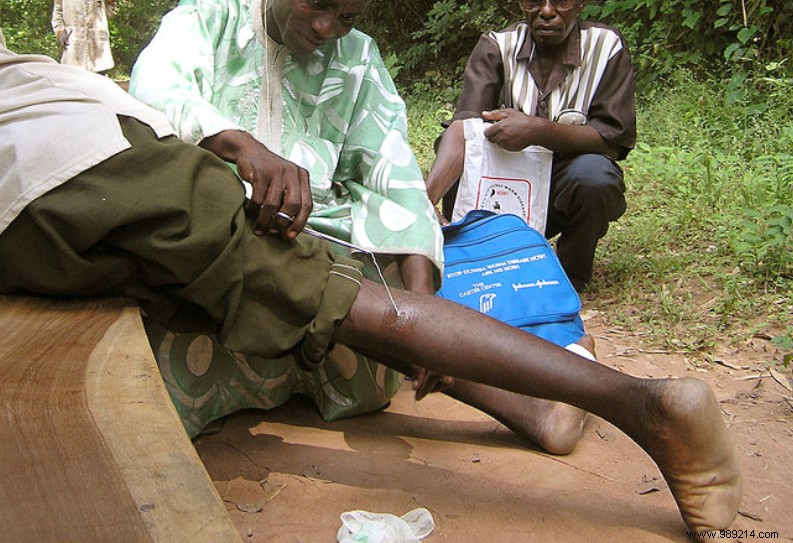Not long ago, polio (poliomyelitis) finally disappeared from the African continent. Other diseases are on the decline, subject to eradication programmes. Which disease is most likely to be eradicated soon?
Recently, the pathogen responsible for polio disappeared from the African continent. This is great news announced by the World Health Organization (WHO). Having wreaked havoc in the 20th century, polio made no case over the past four years in Africa. After this victory, it is possible to wonder what will be the next disease to suffer the same fate on a global scale.
Let's first remember that in infectiology, the term "eradication" is synonymous with a total absence of cases over the long term, all over the world. Thus, the only disease to date to have been eradicated is none other than smallpox. Present since Antiquity, the latter will have required more than a decade of mass vaccination . This year, humanity celebrates the 40th anniversary of the disappearance of smallpox.
So polio has not totally disappeared because the WHO announcement only concerned the African continent. In reality, it is more a question of a regional elimination. You should know that there are three different strains of poliovirus. However, the No. 1 strain is still active in countries such as Afghanistan and Pakistan.
We have selected three candidates on the path to eradication:dracunculiasis, measles and yaws. Dracunculiasis or "guinea worm disease" (see photo below) is the first parasitic disease to be the subject of a WHO eradication programme . In the 1980s, the disease affected about 20 countries and more than 3.5 million people. In 2018, only three countries were still reporting cases:Angola, South Sudan and Chad. With a handful of cases reported in 2019 – including one recently in Vietnam, Guinea worm eradication is well on its way.

Measles is still active today today in countries such as Congo DRC, Liberia, Madagascar, Somalia and Ukraine. However, the WHO hoped to eradicate it before 2015, counting on the absence of an animal reservoir for the virus and the presence of a vaccine for more than 50 years. In 2016, more than 85% of children in the world have received a vaccine, but this does not seem to be sufficient. It turns out that the anti-vaccine movements have weakened vaccination coverage, which ideally should be 95%.
Yaws, a disease related to syphilis, is one of the first diseases that the WHO and Unicef sought to eradicate. It is still found in disadvantaged populations of tropical forest regions, that is to say in no less than 13 countries. There is no vaccine against the disease, but antibiotic injections are effective. If in 2012, the WHO had communicated the 2020 objective (PDF in English / 12 pages) for the eradication of yaws, it seems however that it will not be for this year.